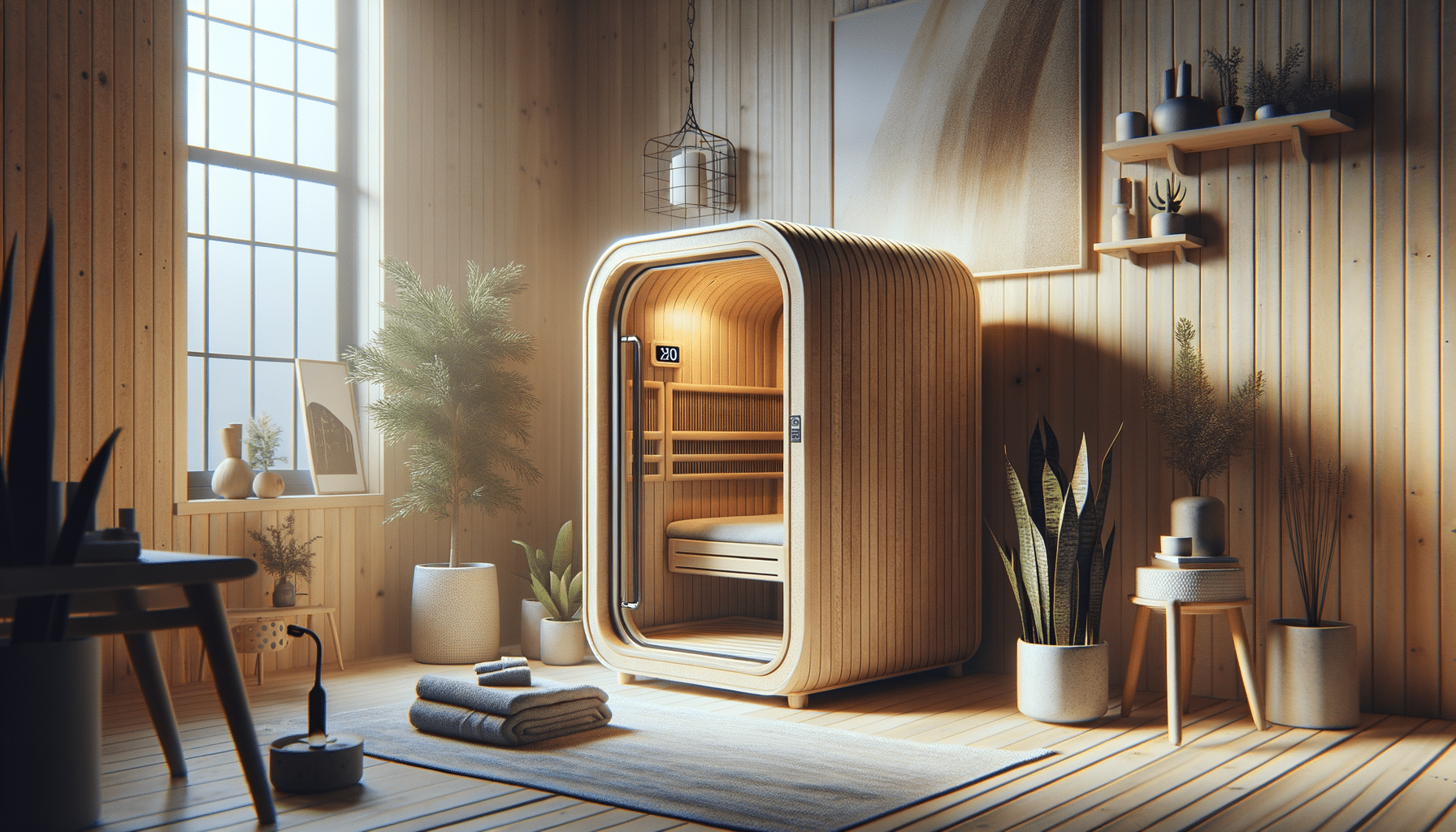
Ever wondered how many types of security and surveillance cameras there actually are?
Introduction to Surveillance Cameras
In today’s world, security and surveillance cameras have become an integral part of our lives, offering peace of mind and protection. These devices are not just for businesses or high-security areas; they are increasingly used in residential settings as well. Understanding the different types of cameras and their uses can help consumers make informed decisions when it comes to choosing the right surveillance solution.
Surveillance cameras come in various forms, each tailored to specific needs and environments. Whether it’s monitoring indoor activities, securing a large outdoor perimeter, or providing flexible viewing angles, there’s a camera designed to meet those requirements. In this article, we will explore the diverse world of security cameras, highlighting their features, advantages, and ideal applications.
Dome Cameras: Versatile and Discreet
Dome cameras are among the most popular choices for both indoor and outdoor surveillance. They are known for their discreet design, which makes them less noticeable and harder for intruders to tamper with. The dome-shaped housing not only protects the camera from vandalism but also provides a wide field of view.
One of the key benefits of dome cameras is their versatility. They can be mounted on ceilings or walls, allowing for flexible placement. Many dome cameras come with features like infrared night vision, motion detection, and high-definition video quality, making them suitable for various environments.
These cameras are often used in retail stores, offices, and homes, where maintaining a low profile is important. Their unobtrusive design ensures that they blend seamlessly into the surroundings while still providing robust security coverage.
Bullet Cameras: Focused and Durable
Bullet cameras are another common type of surveillance camera, easily recognized by their long, cylindrical shape. These cameras are designed for long-distance viewing, making them ideal for monitoring large outdoor areas such as parking lots, backyards, or industrial sites.
Their design allows for a focused, directional view, which is perfect for capturing details at a distance. Bullet cameras are typically weatherproof, equipped with protective casings that shield them from harsh environmental conditions such as rain, wind, and dust.
Many bullet cameras come with advanced features like infrared LEDs for night vision, zoom capabilities, and high-resolution imaging. Their robust construction and powerful features make them a reliable choice for outdoor surveillance needs.
PTZ Cameras: Dynamic and Interactive
PTZ (Pan-Tilt-Zoom) cameras are known for their dynamic capabilities, offering users the ability to control the camera’s movement remotely. This feature makes PTZ cameras highly interactive and suitable for monitoring large areas where flexibility and detailed coverage are required.
With PTZ cameras, users can pan the camera left or right, tilt it up or down, and zoom in or out to focus on specific details. This level of control is particularly useful in environments such as shopping malls, airports, and large public spaces, where real-time monitoring and quick adjustments are necessary.
PTZ cameras often come with features like auto-tracking, where the camera automatically follows moving objects, and preset tours, which allow the camera to cycle through different views at set intervals. These capabilities make PTZ cameras a powerful tool in any comprehensive surveillance system.
Wireless Cameras: Flexible and Easy to Install
Wireless cameras have gained popularity due to their ease of installation and flexibility. Unlike traditional wired cameras, wireless cameras do not require extensive cabling, making them a convenient option for both temporary and permanent surveillance setups.
These cameras connect to a network via Wi-Fi, allowing users to access live feeds and recorded footage from anywhere with an internet connection. This remote accessibility is a major advantage for homeowners and business owners who want to monitor their properties while away.
Wireless cameras are available in various forms, including indoor models for home security and outdoor models with weatherproof designs. They often come with features like two-way audio, motion alerts, and cloud storage options, providing users with a comprehensive security solution without the hassle of complicated installation processes.
Conclusion: Choosing the Right Surveillance Camera
When selecting a surveillance camera, it’s essential to consider the specific needs and environment of the area to be monitored. Each type of camera offers unique advantages, from the versatile dome camera to the dynamic PTZ option.
Understanding the features and capabilities of each camera type can help in making an informed decision that enhances security and meets individual requirements. Whether for residential, commercial, or industrial use, the right camera can provide peace of mind and ensure safety in various settings.
By exploring the diverse range of security cameras available, consumers can choose solutions that not only protect but also fit seamlessly into their daily lives, offering both functionality and reliability.


